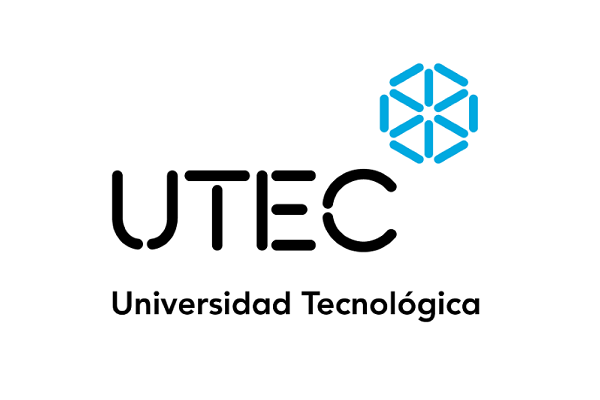A technical, economical and regulatory analysis of storage systems incorporation in the Uruguayan electricity market.
Resumen:
This paper studies the possibility/perspectives of introducing lithium ion battery storage in the Uruguayan electrical system, as a mean of increasing its flexibility. This storage resource was chosen among others as it is the most promising technology considering their recent remarkable advances. In order to understand the impact on the electric system, firstly a long-term simulation was done so as to determine when this system would become profitable. Then three annual simulations were executed comparing the system operation (i.e. costs, the energy not supplied, CO2 emissions and generation mix), for two cases with batteries (with different participation models), and for the case without them. Finally, the regulatory aspects related to storage penetration that are under debate nowadays in the PJM1 and UK markets were studied in order to learn some lessons for the development of an adequate regulatory framework in Uruguay. It was found that a lithium ion battery of 80 MWh/20 MW becomes viable by 2039 and its annual operation can reduce the energy the system fails to deliver, the annual thermal generation, CO2 emissions and the system’s marginal cost. Moreover, some barriers and business opportunities were found. If barriers are removed and new opportunities are developed batteries could become viable before.
| 2020 | |
|
Energy storage Optimization Filtering capacity Participation models Regulatory framework |
|
| Inglés | |
| Universidad de la República | |
| COLIBRI | |
| https://hdl.handle.net/20.500.12008/26013 | |
| Acceso abierto | |
| Licencia Creative Commons Atribución - No Comercial - Sin Derivadas (CC - By-NC-ND 4.0) |












